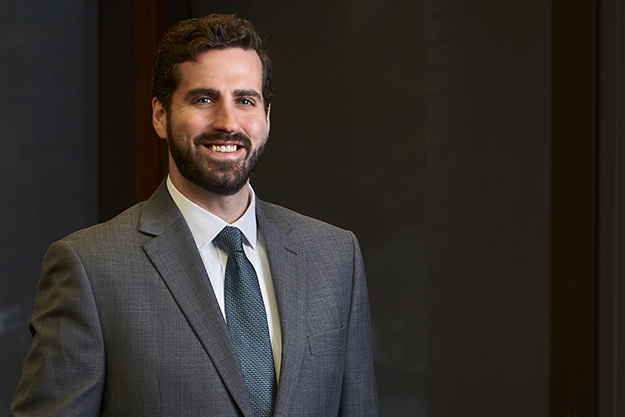Article
Resources
Article
Book Banning, First Amendment and Ambiguity

As a new wave of book banning appears to be to be sweeping the nation, public school libraries are relying on a 1982 plurality opinion for guidance and coming up with more questions than answers. Pico, in which the United States Supreme Court ultimately sided with the students’ argument that the removal of certain books, such as “Slaughterhouse-Five” by Kurt Vonnegut and “Soul on Ice” by Eldridge Cleaver, violated their First Amendment rights, has left lower courts struggling to figure out the true limit as new calls for banning books discussing race, gender, and sexuality are being placed on local school boards. While Justice Brennan held that books may not be removed merely because the ideas within them are disagreeable to certain members, he did state that texts could be removed due to pedagogical, educational suitability, and vulgarity reasons. Ultimately, the test we are left with is one of motive with no clear elements defined.
Moving forward, it could be up to a new Court to reanalyze the issue in the context of the present day. The new ideas targeted by certain parent groups and other proponents of book bans are associated with challenges to the conventional ideas of gender, sex, and sexuality, and the roles of such in our society. Is the intention of removing these books to shield young students from complex ideas better suited for college level courses, or is it to suppress the ideas altogether in our society? Further, how would today’s Court, led by a conservative majority willing to challenge aged precedent, define the true First Amendment limit on book banning, if at all? All that we can glean right now is that the unfinished work of the 1982 Burger Court is moving back toward center stage.


